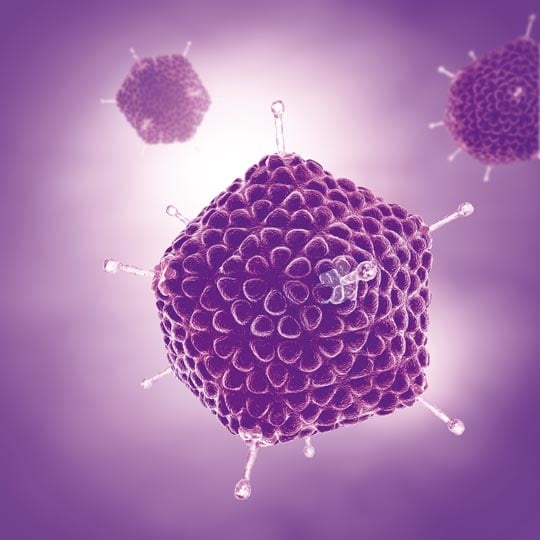HARTMANN SCIENCE CENTER

Noroviruses are non-enveloped viruses from the family of calciviruses. Noroviruses are distributed worldwide and are of great importance as the causing pathogens of norovirus gastroenteritis.
According to the World Health Organization (WHO), norovirus infections are associated with significant morbidity and mortality. A prevalence of 685 million annual cases worldwide was estimated, leading to 200,000 deaths, including 50,000 among children [1].
After an incubation period of six to 50 hours on average, severe vomiting and diarrhoea may be the first symptoms to appear. In addition, mild fever, abdominal pain, and nausea may occur as further symptoms of the disease. Infected individuals are contagious for the duration of the excretion of pathogens in the stool, which can occur over a period of up to two weeks. Of particular importance is the stop of the chain of infection within the first two days after the onset of symptoms.
The main path of transmission for noroviruses is the faecal-oral ingestion through contact or smear infections. However, virus-contaminated droplets are also potentially infectious. Moreover, it was recently discovered that an infection can be transmitted through the saliva of infected persons [3].
Hygiene measures can make an important contribution to protection against norovirus infections. A disinfectant with limited spectrum virucidal activity should be used for both hand and surface disinfection.
» Necessary spectrum of antimicrobial activity
Click here to find products with virucidal activity.
Click here to find products with MNV activity.
Sources:
